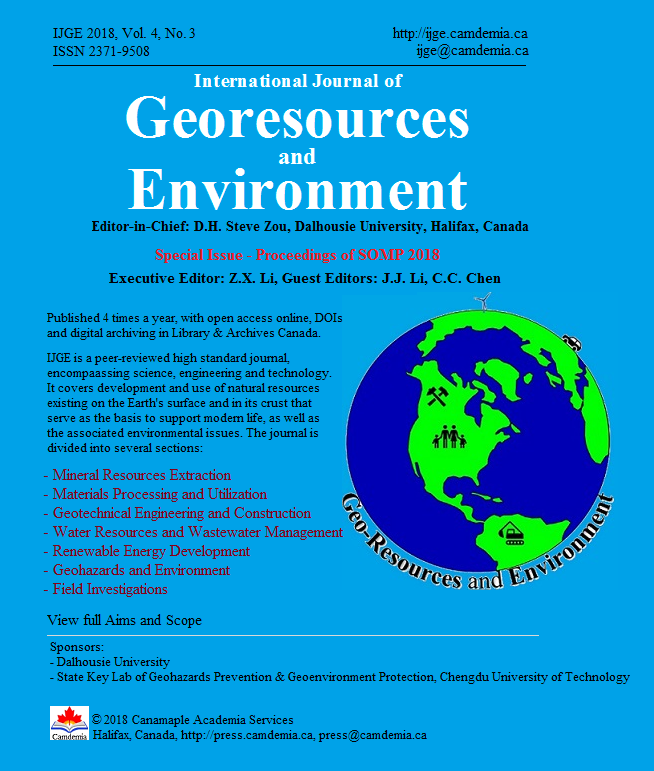Safety – a Business Imperative
DOI:
https://doi.org/10.15273/ijge.2018.03.016Keywords:
advocacy, governance, safety, sustainability, systems, leadership, risk managementAbstract
The safety performance in the South African mining industry has been a contentious issue for decades when compared to international benchmarks. Although mining safely has always been part of the mining business proposition, a step change was required as the unacceptable safety performance threatened the sustainability of mining. The South African mining industry has in recent times made significant inroads in improving safety as it is viewed as a business imperative to ensure long term sustainability. Fatalities reduced from 219 in 2007 to 73 in 2016, however, the industry recognises that much remains to be done as one fatality is one too many. Research was recently conducted to determine the emerging themes that resulted in the improved safety performance of six major South African gold and platinum deep level mines, between 2007 to 2016. It was concluded that the leadership of the mining companies followed a multi-tiered approach in order to reduce safety related incidents in mines. It is imperative to appreciate the element interdependencies of the ‘Zero Harm‘ safety approach in order to sustain the safety culture that is evolving in the South African mining industry.Downloads
Published
Issue
Section
License
Copyright, Terms and Conditions
The International Journal of Geohazards and Environment (the Journal) is published by Canamaple Academia Services (the Publisher) online with open access, under a Creative Commons Attribution-Noncommercial license (CC-BY-NC) (http://creativecommons.org/licenses/by-nc/4.0/). Authors (the Authors) submitting papers (the Work) for publication in the Journal automatically agree to the following terms and conditions.
1. Under the license (CC-BY-NC), Authors give permission for others to share and reuse the Work, as long as the original source and author(s) are properly cited (i.e. a complete bibliographic citation and link to the Journal website) and the material is not used for commercial purposes. Any sharing or reuse must however indicate the original CC-BY-NC license terms of the work.
2. Authors transfer and assign to the Publisher all copyright in and to the Work. However Authors retain all proprietary rights except the copyright, related to the Work and also retain the rights a) to use, reproduce, distribute, and publicly display the Work in any medium in connection with the Authors‘ academic and professional activities, such as teaching, presentations and lectures, b) to create derivative works from the Work and to make full use of the Work in future research and publications, c) to authorize others to make any non-commercial use of the Work, d) to make both the pre-published and final-published versions available online in institutional and/or disciplinary repositories or on their own websites with a citation and link to the original paper published in the Journal.
3. Authors warrant that the Work is their original work, it is not copied from anywhere or anyone else, they are totally responsible for the authenticity, originality, validity and accuracy, and the facts and views are their own, that the Work contains no matter which is defamatory or infringes any literary or proprietary rights, intellectual property rights, or any rights of privacy, and that the Work has not been simultaneously submitted to any other journals or publishers. Authors further agree that their manuscripts whether accepted or rejected will not be returned and the rejected manuscripts will be disposed at the journal editor's discretion.
Disclaimer: The Publisher, the Journal and the editors accept no responsibility for statements or opinions expressed by authors. Use of information and materials in the Journal is the sole responsibility of users.


